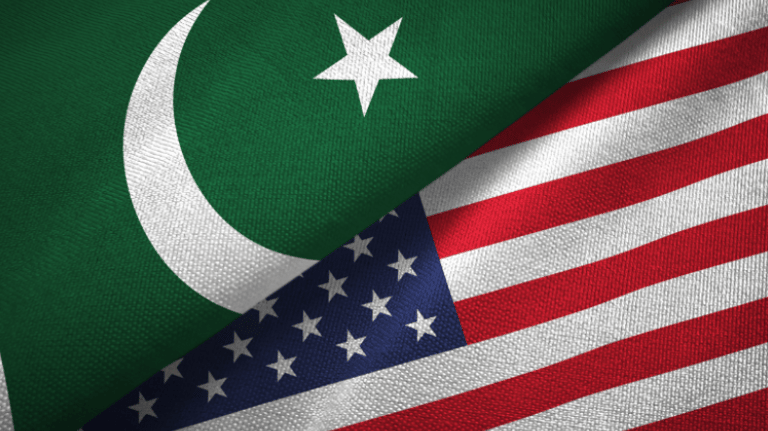Pakistan-US Tariff Agreement 2025: Boosting Trade and Bilateral Cooperation
Pakistan and the US signed a tariff deal on August 1, 2025, aiming to reduce trade barriers, boost exports, and strengthen economic ties.
Raja Awais Ali
8/1/20251 min read


Pakistan and US Reach New Tariff Agreement: A Turning Point in Bilateral Trade
On August 1, 2025, Pakistan and the United States took a significant step forward in their economic relations by signing a preliminary agreement to reduce bilateral trade tariffs. The goal of this agreement is to strengthen both economies, open new opportunities for exports, and foster mutual cooperation in key industrial sectors.
Pakistan’s Minister of Commerce announced at a press conference in Islamabad that under the new agreement, the US has agreed to reduce import tariffs on Pakistani textiles, agricultural goods, and leather products—from the current 25–30% to 10–15%. In return, Pakistan will gradually lower tariffs on US technology, medical equipment, and energy-related products.
The US trade representative called this agreement a “positive development” for economic stability in South Asia and emphasized America's intent to deepen cooperation with Pakistani industries, particularly in green energy and digital technology.
Economists believe this deal could offer a major opportunity for Pakistan’s export-driven sectors, especially at a time when the country is striving to reduce its trade deficit. The agreement can help elevate Pakistan’s manufacturing industry on the global stage while also creating more employment opportunities for the youth.
Global analysts predict that if fully implemented, the annual bilateral trade volume between Pakistan and the US could grow from the current $8 billion to $15 billion within the next three years.
Pakistan’s industrial sector has welcomed the agreement and urged the government to improve product quality and ensure proper export certifications, so these tariff benefits are not wasted.
Beyond the economic benefits, the deal holds geopolitical significance as it could help balance US policies in regions like China, India, and the Middle East.